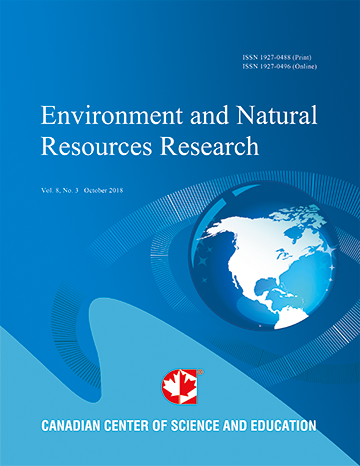Barite Veins in the Benue Trough: Field Characteristics, the Quality Issue and Some Tectonic Implications
- Michael Oden
Abstract
The Benue trough is Nigeria’s main, but not exclusive source of barite mineralisation. There are at least ten barite fields in the trough, each containing swarms of veins or concordant stratiform minerals flats of hydrothermal origin. There are only two vein trends in the trough: the NW-SE trend, which tends to be orthogonal to the axis of the trough; and the N-S to NNE-SSW trend, which is younger than the former. Both vein sets are formed from ac tension joints reflecting different post-sedimentary deformation phases in the trough. The NW-SE veins are also more frequent than the N-S veins, almost in the ration of 2:1. Although 86 veins have been studied, not one was found oriented parallel to the axis of the trough, a good indication of structural control on mineral vein orientations. The dips of the veins tend to be high (>80o), a condition that favours manual mining. Veins tend to display a simple block profile and their widths vary from a few centimetres to as much as 6m, though the most frequently occurring widths are between 50cm and 1m. The implication of this is that BaSO4 concentrations in hydrothermal fluids in the trough were probably low during the Cretaceous period. In many veins, there is barite quality contrast between the top part and the lower portions. Higher quality barite tends to come from the lower portions. Hence it is expected that much of the low quality stigma associated with Nigerian barite from the trough would be relieved when mining gets down to good depths. For this reason, mining in those veins of low quality barite should proceed by vertical stripping.
- Full Text:
 PDF
PDF
- DOI:10.5539/enrr.v2n2p21
Journal Metrics
Google-based Impact Factor (2016): 6.22
h-index (November 2017): 12
i10-index (November 2017): 19
h5-index (November 2017): 11
h5-median (November 2017): 12
Index
Contact
- Emily LinEditorial Assistant
- enrr@ccsenet.org
